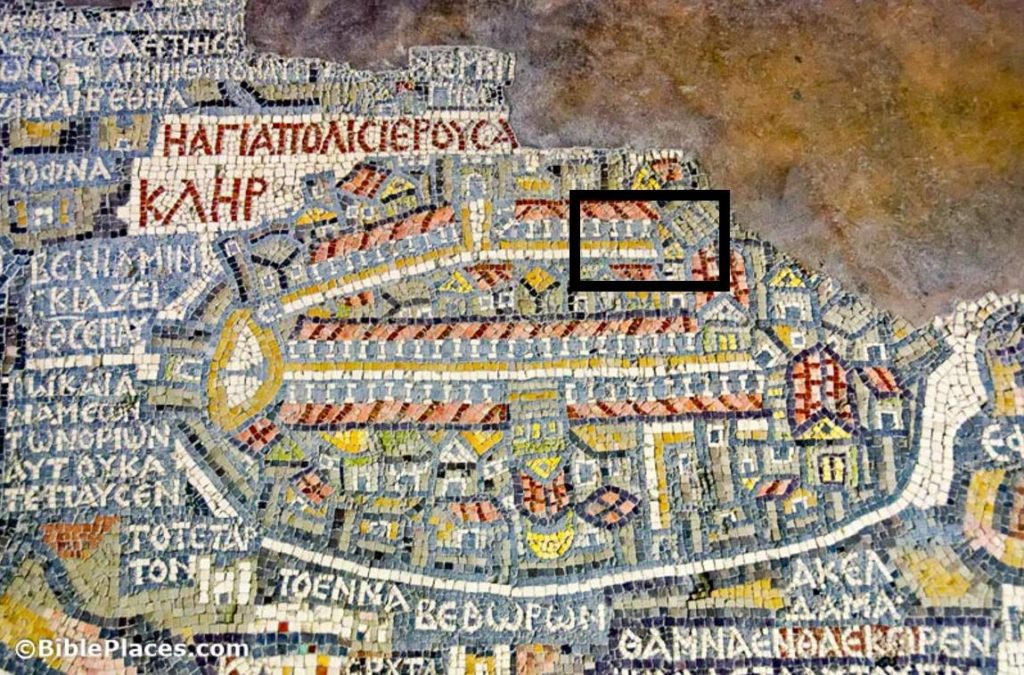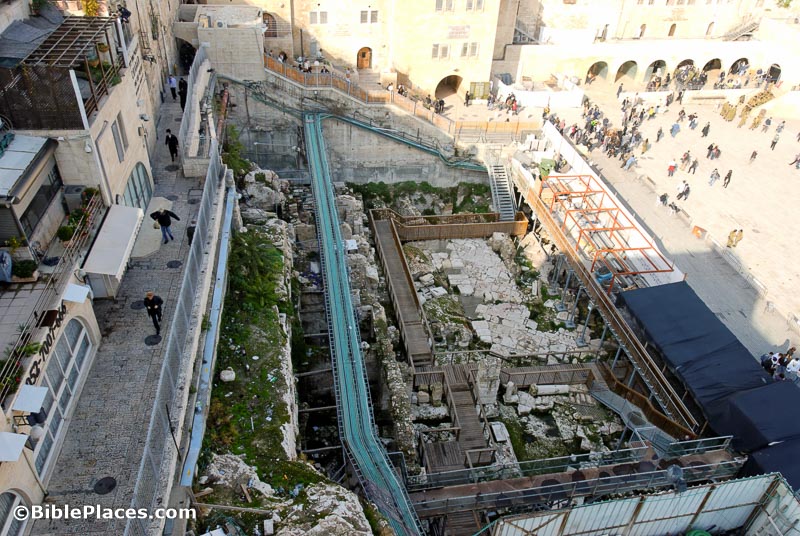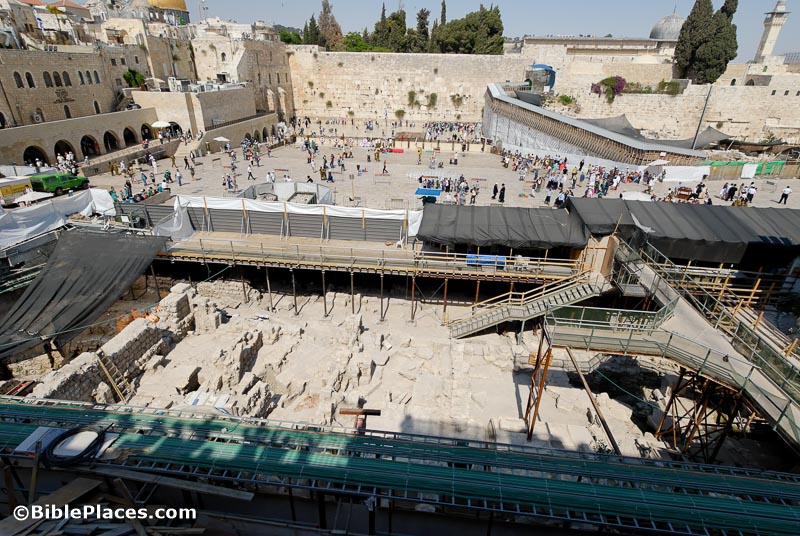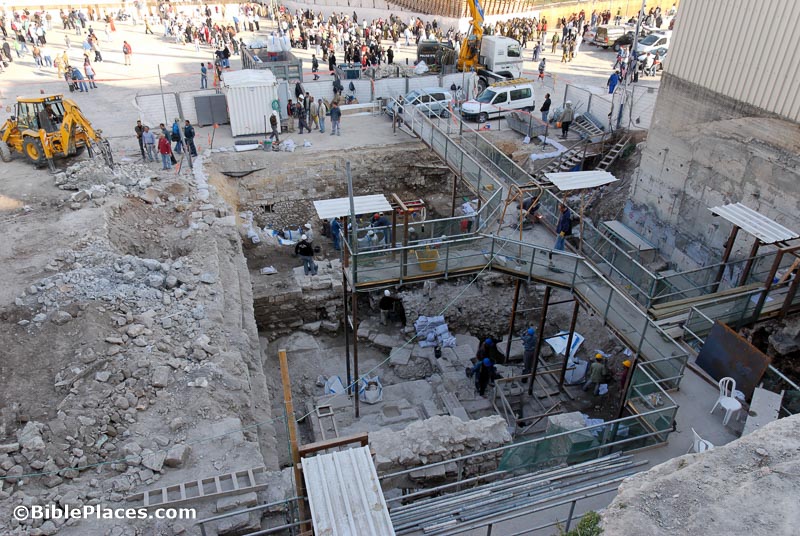In a recent roundup I criticized Haaretz for writing a dishonest headline, and I chose not to include a link to the story. The headline was “A Chance Discovery Changes Everything We Know About Biblical Israel.” Because time was short, and because Haaretz was making it difficult at the time to access the article, I did not read it.
I have read it now, and I believe that Haaretz did a grave disservice to Erez Ben-Yosef in their headline. Though my assumption was that this story was mere clickbait, what Ben-Yosef writes is quite important.
At the heart of Ben-Yosef’s argument is that archaeology is often used to answer questions that it cannot answer. The foundation of his argument comes from his work at Timna as well as analysis of the comparable mines at Faynan in Jordan. Here’s one quotation:
We know about the existence of a strong nomadic kingdom in the Arava solely because of its copper production; if the economy of the nomadic tribes of the Kingdom of Edom had been based only on commerce and agriculture, archaeologists would probably have reconstructed an “occupation gap” in the Arava region.
You have several options in what to read, should the issue of “archaeological invisibility” be of interest to you. (I’m particularly interested in it with regard to the Israelites in the time of Merneptah, but that is not addressed here.) There is the popular-level Haaretz article which Ben-Yosef wrote himself. That is based on his article in Vetus Testamentum, “The Architectural Bias in Current Biblical Archaeology,” which is available on Academia. A three-page version is published in the current issue of Biblical Archaeology Review (also available on Academia).
As noted before, Israel Finkelstein wrote a response on Facebook. And Ben-Yosef posted a response on Facebook and Academia, concluding thusly:
In other words, while assertions such as that Genesis 36 depicts a 6th century BCE reality or that David’s activities in Edom reflect an 8th century reality might be based on valid arguments, archaeology cannot be one of these arguments. It is often the case that when convenient, biblical archaeologists from the minimalist school resort to biblical criticism, and when less so, to archaeology (mostly to “absence of evidence”). However, one cannot have one’s cake and eat it too.
Those keeping score at home might be most surprised when they realize that this argument is being made by a professor at Tel Aviv University.
HT: Joseph Lauer



